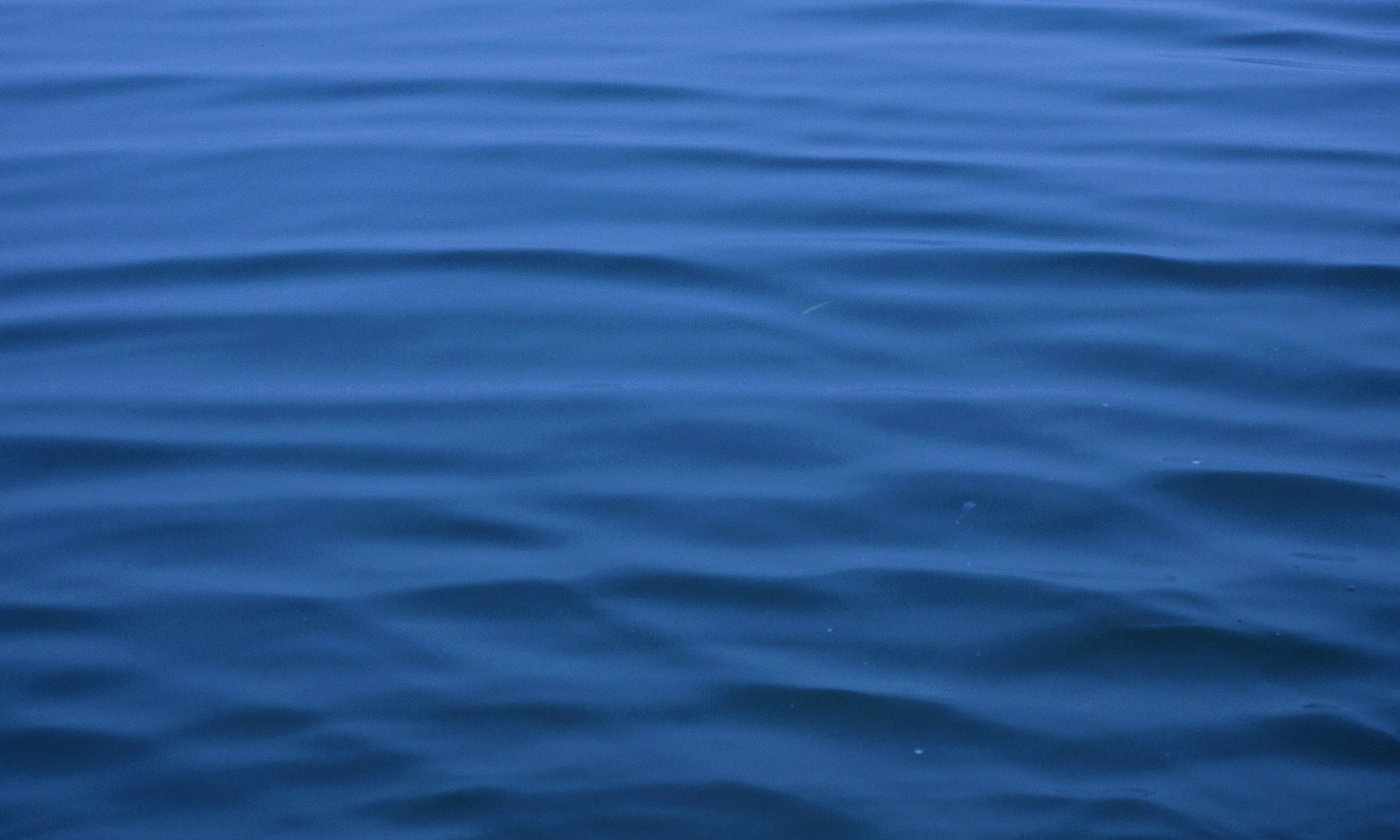Our research lab is focused on the study of basic and applied ecology of freshwater and marine fisheries to understand linkages between life history and exploitation of fish populations by human activities. We use manipulative experiments, field studies, and long-term data sets in combination to explore the roles humans play in driving variation in fish populations. Our interests span a variety of species and systems in which we study applied fisheries management problems, as well as investigate the mechanisms of fisheries induced evolutionary change.
Fundamentally, we seek to explore how human activities can impact the genetics, reproductive ecology, and behavior of sport fishes, ultimately translating findings into meaningful and effective conservation actions.
 Lab opportunities
Lab opportunities
Prospective students and interns can see opportunities in our lab here.

